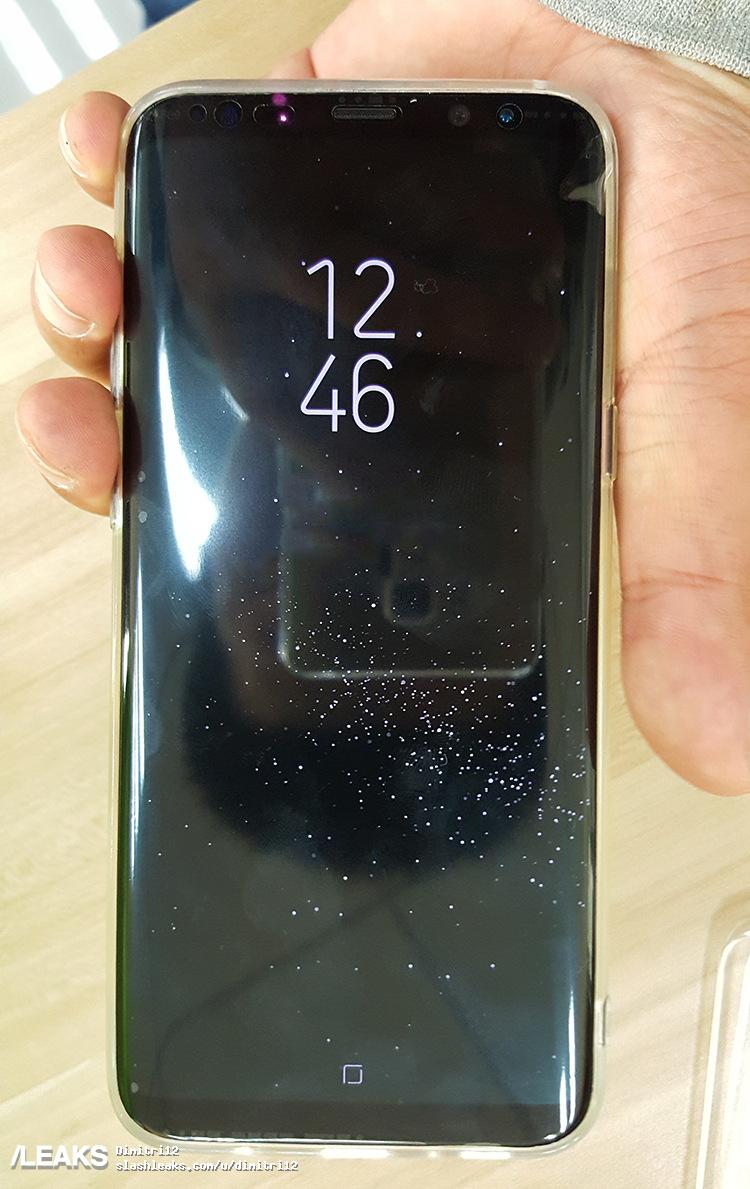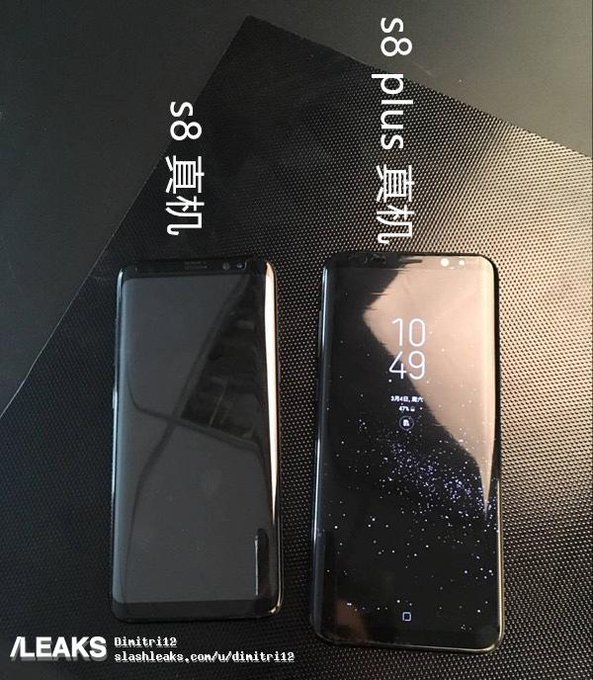By tech2 News Staff / 10 Mar 2017 , 11:08
It’s a new day and we have more scoop on the Galaxy S8. This one comes from Korea Economic Daily that says the upcoming flagship smartphone from Samsung will feature facial recognition. This will be an extra security option in addition to the fingerprint sensor, and possibly an iris recognition which made its appearance on the Note 7. This could make unlocking the smartphone easier as one would just have to look into the device.
Apparently it will be faster too as it could take less than 0.01 seconds to unlock your phone as said by a Samsung official. So more security and faster unlocking, that’s a big thumbs up.
The smartphone has also said to have got official FCC certification which has revealed that the Samsung Galaxy S8 will be manufactured in Vietnam and will have models SM-G950U, SM-G950U1 and SM-G950W. Same is the case with the S8 Plus which has three model numbers, SM-G955U, SM-G955U1 and SM-G955W
Apart from that we are seeing more alleged images of the smartphone doing rounds on the internet and they do match the one Evan Blass released a week back.

Image: BGR
#Samsung - #GalaxyS8 - Crystal clear new Galaxy S8 and Galaxy S8+ pictures slashleaks.com/l/crystal-clea…
#Samsung - #GalaxyS8 - #GalaxyS8Plus - Even more Galaxy S8 and Galaxy S8+ pictures slashleaks.com/l/even-more-ga…
And then we have these hands-on videos that yet again show the curvy handset.
The Galaxy S8 will be officially unveiled at the Unpacked event on 29 March and is expected to hit shelves on 28 April.
















